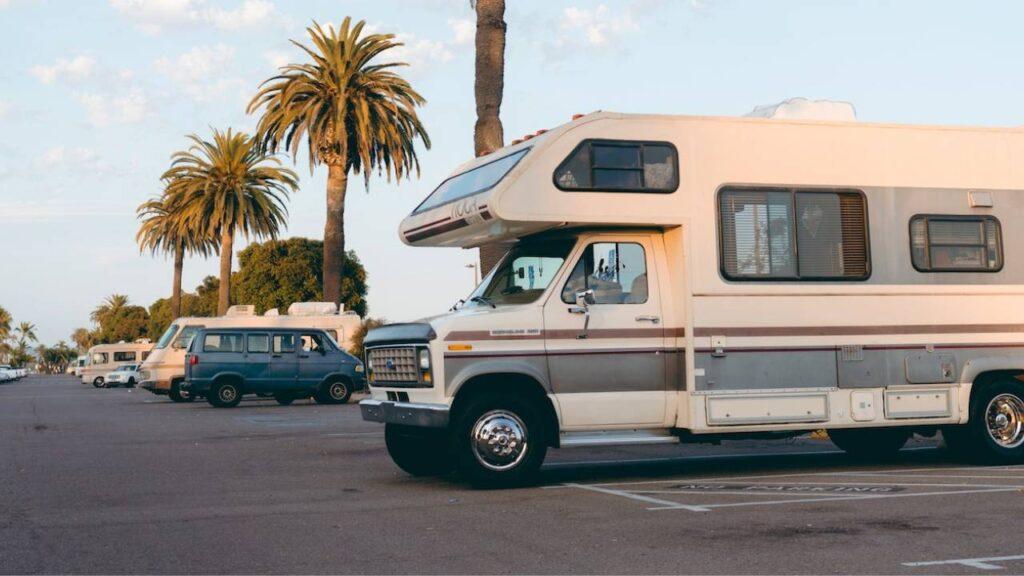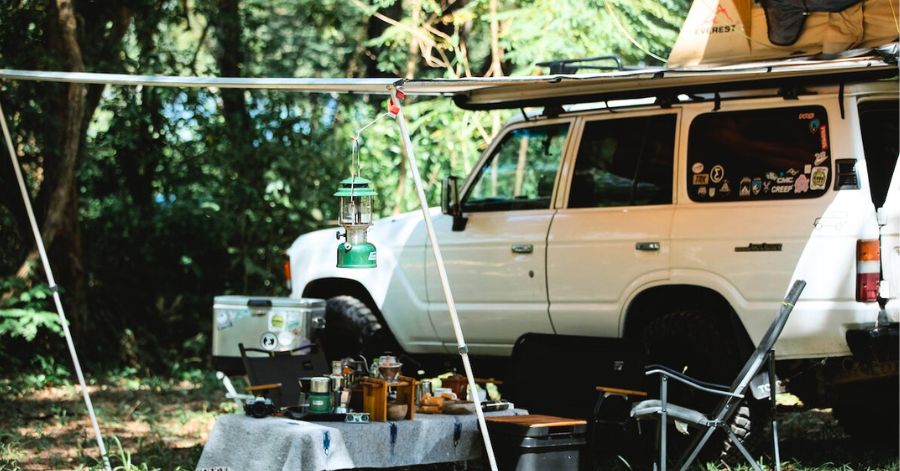
Figuring out how much power your RV needs for a solar generator can seem daunting, but don’t worry! This guide will walk you through everything you need to know to keep your adventures running smoothly. We’ll dive into assessing your power usage, calculating your battery requirements, and determining the right size for your solar panels. Let’s get started!
Assessing Your Power Usage
Before you can calculate your RV power needs for a solar generator, you need to know how much power you’re using. Start by making a list of all the appliances and gadgets in your RV. Include everything from lights and fans to your fridge and TV. Check the wattage on each item, which you can usually find on a label or in the manual.
For instance, if you have an RV portable ice maker machine that uses 150 watts and you run it for an hour a day, that’s 150 watt-hours daily. Repeat this for all your devices. Add up all the watt-hours to get your total daily power consumption.
Example Calculation
Let’s say you have the following devices:
- Lights: 50 watts for 5 hours = 250 watt-hours
- Fridge: 100 watts running 24/7 (average 8 hours active) = 800 watt-hours
- TV: 60 watts for 3 hours = 180 watt-hours
In this example, your daily power consumption is 250 + 800 + 180 = 1230 watt-hours. This total is crucial for the next steps.
It’s important to note that different appliances have different power requirements. For example, your RV air conditioner or RV portable air conditioners will consume significantly more power compared to smaller devices like LED lights or your TV. Understanding these variations helps in accurate power calculations.
Calculating Your Battery Requirements
Next, let’s figure out how many batteries you need to store enough power. Batteries are typically rated in amp-hours (Ah). To convert watt-hours to amp-hours, you divide by the battery voltage. Most RVs use 12-volt batteries.
Example Calculation
Using our previous example of 1230 watt-hours:
1230 watt-hours ÷ 12 volts = 102.5 amp-hours
So, you’d need a battery (or a combination of batteries) that can store at least 102.5 amp-hours. However, it’s wise to have some extra capacity. Batteries should not be discharged completely, as this shortens their lifespan. Aim for 20-30% more capacity. In this case, about 130-150 amp-hours would be ideal.
Pro Tip: Check out RV deep cycle batteries for the best performance and longevity. They are designed for consistent, long-term use and are perfect for solar setups. These batteries can handle deep discharges better than regular batteries, making them more suitable for off-grid applications.
Additionally, consider the type of battery technology. Lithium batteries, for instance, have higher efficiency, longer lifespan, and lower weight compared to traditional lead-acid batteries. Although they are more expensive upfront, their performance and longevity can make them a cost-effective option in the long run.
Determining the Right Size for Your Solar Panels
Now that you know how much power you use and how much you need to store, let’s figure out how many solar panels you need. Solar panels are rated by their output in watts. The actual power they produce depends on several factors, including sunlight hours and weather conditions.
Example Calculation
A typical 100-watt solar panel will produce around 30 amp-hours of power per day in ideal conditions. If your daily power usage is 1230 watt-hours, you’ll need:
1230 watt-hours ÷ 100 watts per panel = 12.3 panels
Since partial panels aren’t practical, round up to 13 panels. But remember, you should always factor in inefficiencies and potential cloudy days. So, having a bit of extra capacity is a smart move. In this case, 14-15 panels would provide a reliable cushion.
Pro Tip: Consider RV solar generators with solar panels to ensure you have a complete setup that’s easy to install and use. These kits typically include the necessary components like charge controllers and wiring, simplifying the installation process.
Furthermore, flexible solar panels can be an excellent choice for RVs. They are lightweight, can be installed on curved surfaces, and are more resistant to impact damage compared to traditional rigid panels. Check out RV flexible solar panels for versatile and efficient solar solutions.
Ensuring Efficient Energy Management
Proper energy management is key to maximizing your solar setup. Use energy-efficient appliances and LED lighting to reduce your consumption. Invest in a good RV power inverter to convert the DC power from your batteries to AC power for your devices.
Example Tips
- Use a RV quiet air conditioner for efficient cooling. These units are designed to consume less power while providing adequate cooling, which is crucial during hot summer days.
- Install RV kitchen faucets and RV kitchen sinks that conserve water, reducing the need for pumps and heaters. Water-saving fixtures help lower your overall power consumption, as less water used means less power needed to pump and heat it.
- Add a RV solar panel kit to expand your solar capacity easily. These kits often include additional panels, mounting hardware, and wiring, making it simple to scale up your solar system as your power needs grow.
Additionally, consider using a RV portable solar generator for added flexibility. These generators can be a backup power source or a supplement to your main solar setup, ensuring you have enough power even during periods of low sunlight.
Maintaining Your Solar Setup
Regular maintenance of your solar system is essential to ensure optimal performance. Clean your solar panels regularly to remove dust, dirt, and debris that can reduce their efficiency. Check the connections and wiring periodically to prevent issues like loose connections or corrosion.
Pro Tip
Invest in a solar monitoring system to keep track of your energy production and consumption. These systems provide real-time data, helping you identify any issues early and optimize your energy usage. Some advanced models can even be controlled remotely via smartphone apps, giving you greater control over your solar setup.
Wrapping It Up!
Calculating your RV power needs for a solar generator may seem complex, but breaking it down into steps makes it manageable. Assess your usage, size your batteries, and pick the right solar panels. With the right setup, you’ll enjoy seamless power on all your adventures. For more tips and gear, check out our guides on RV propane tankless water heaters and RV portable air conditioners. Happy travels!
Related FAQs
How do I calculate my RV power needs for solar generator use?
Add up the wattage of all your devices and multiply by the hours you use them daily. This gives you your daily watt-hours.
How many solar panels do I need for my RV?
Divide your daily watt-hours by the output of one panel (usually 100 watts). Round up and add extra panels for a buffer.
What size battery do I need for my RV solar setup?
Convert your daily watt-hours to amp-hours by dividing by your battery voltage (usually 12V). Add 20-30% extra capacity for efficiency.
Can I run all my appliances at once on a solar generator?
Check the peak and continuous power ratings of your generator and batteries. Make sure they can handle the total wattage of all running appliances.
What if there are cloudy days?
Ensure your solar array has extra capacity and consider a backup power source like RV portable generators to keep your systems running smoothly.
As outdoor enthusiasts ourselves, we understand the significance of reliable gear that can withstand the elements and support you throughout your journey. We try to provide as much real life information with our guides and how tos to the readers as possible. Our honest and transparent reviews of essential outdoor gadgets and products are rooted in testing and experience. We take great satisfaction in offering unbiased evaluations, ensuring that you can make informed decisions when investing in outdoor gear. As an affiliate website, we may earn a small commission from some of the products we feature. However, rest assured that our opinions are not influenced by this, and your trust is always our top priority.



